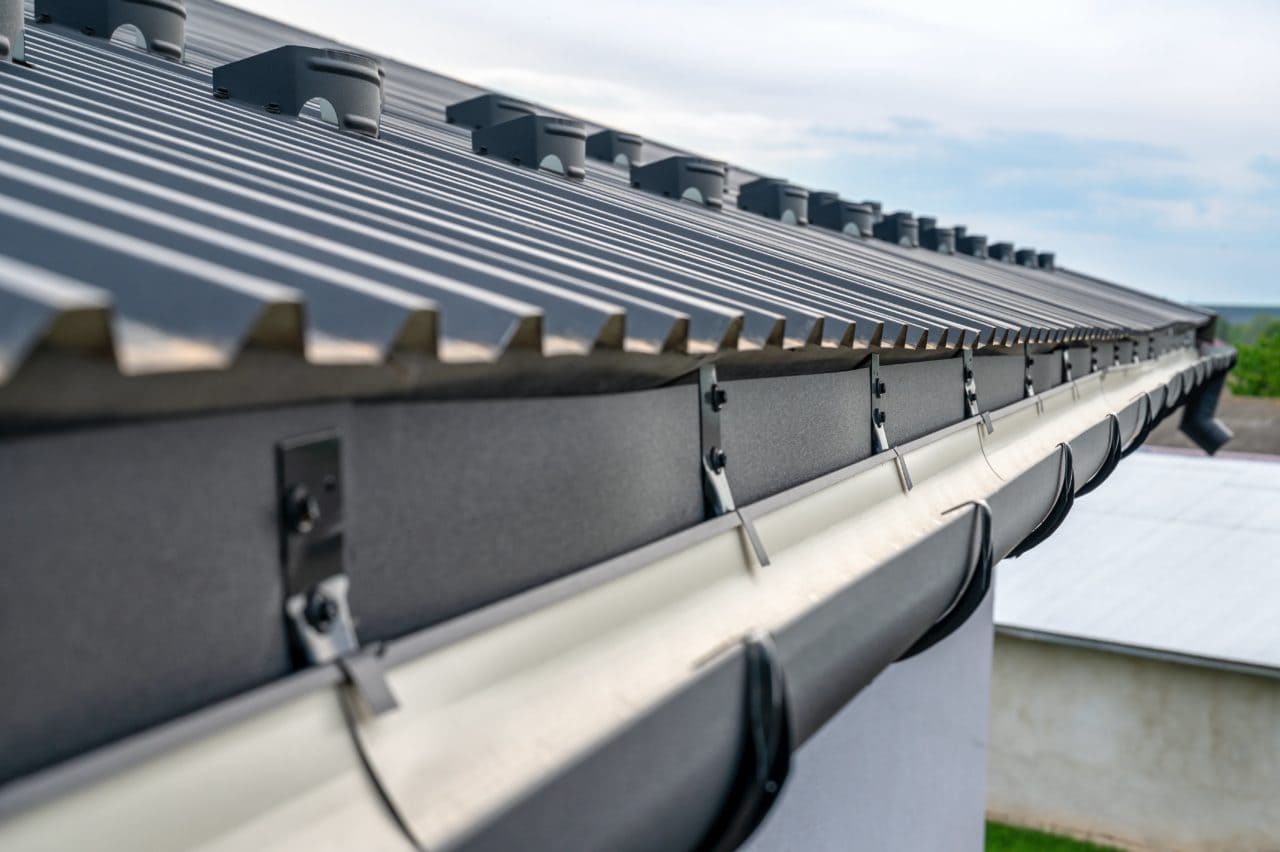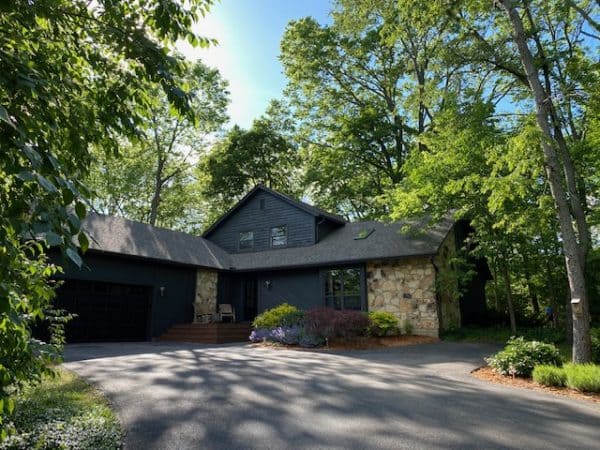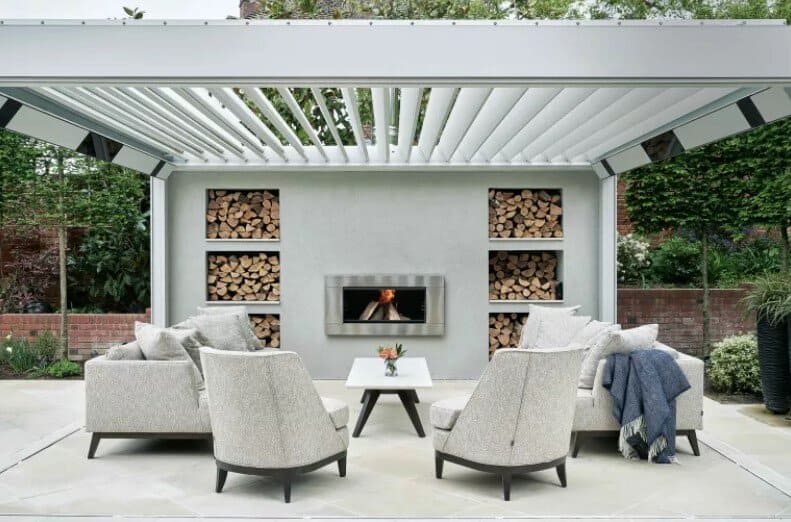Introduction:
Metal roofs are becoming increasingly popular for residential and commercial buildings due to their durability, energy efficiency, and aesthetic appeal. However, the proper installation of gutters on metal roofs is often overlooked, despite its crucial role in preserving the integrity of the structure and ensuring efficient rainwater management. In this article, we will explore the significance of gutters on metal roofs and the benefits they bring to both the building and its occupants.
Preservation of Structural Integrity:
- Preventing Water Damage: Metal roofs are renowne for their resistance to various environmental elements, but without proper drainage, they can still be susceptible to water damage. Gutters play a pivotal role in channeling rainwater away from the roof, preventing it from pooling and causing deterioration over time.
- Reducing Rust and Corrosion: While metal roofs are designe to resist rust and corrosion, constant exposure to standing water can accelerate these processes. Gutters ensure that rainwater is promptly directed away from the roof, minimizing the risk of rust and corrosion and extending the lifespan of the metal roof.
Foundation Protection:
- Preventing Erosion: In addition to safeguarding the roof, gutters contribute significantly to protecting the building’s foundation. By directing rainwater away from the structure, gutters prevent soil erosion around the foundation, which can compromise its stability over time.
- Minimizing Basement Flooding: Properly functioning gutters play a crucial role in preventing basement flooding. By guiding rainwater away from the foundation, they help maintain the structural integrity of the building and reduce the risk of water infiltrating the basement.
Energy Efficiency:
- Reducing Ice Dams: In colder climates, the accumulation of ice dams on roofs can be a concern. Gutters facilitate the proper drainage of melting snow and ice, preventing the formation of ice dams and the potential damage they can cause to both the roof and the building’s interior.
- Enhancing Insulation Performance: Efficient rainwater management through gutters also contributes to the overall insulation performance of the building. By preventing water infiltration and maintaining the structural integrity of the roof, gutters help create a more energy-efficient environment.
Aesthetics and Curb Appeal:
- Preserving Landscaping: Without gutters, rainwater may cascade off the roof, causing soil erosion and damage to landscaping elements. Well-designed gutters can contribute to the preservation of gardens and outdoor spaces, enhancing the overall curb appeal of the property.
- Preventing Stains and Discoloration: Rainwater runoff from the roof can carry debris and pollutants, leading to unsightly stains on exterior walls. Gutters ensure that water is direct away from the building’s façade, preserving its appearance and minimizing the need for frequent cleaning and maintenance.
Conclusion:
In conclusion, the installation of gutters on metal roofs is a critical aspect of responsible construction and maintenance. Beyond the aesthetic benefits, gutters play a fundamental role in preserving the structural integrity of the building, protecting the foundation, and enhancing energy efficiency. As the popularity of metal roofs continues to rise, it is essential to recognize the importance of proper rainwater management through the installation of effective gutter systems. By doing so, property owners can ensure the longevity of their investment and create a safer and more sustainable living or working environment.





